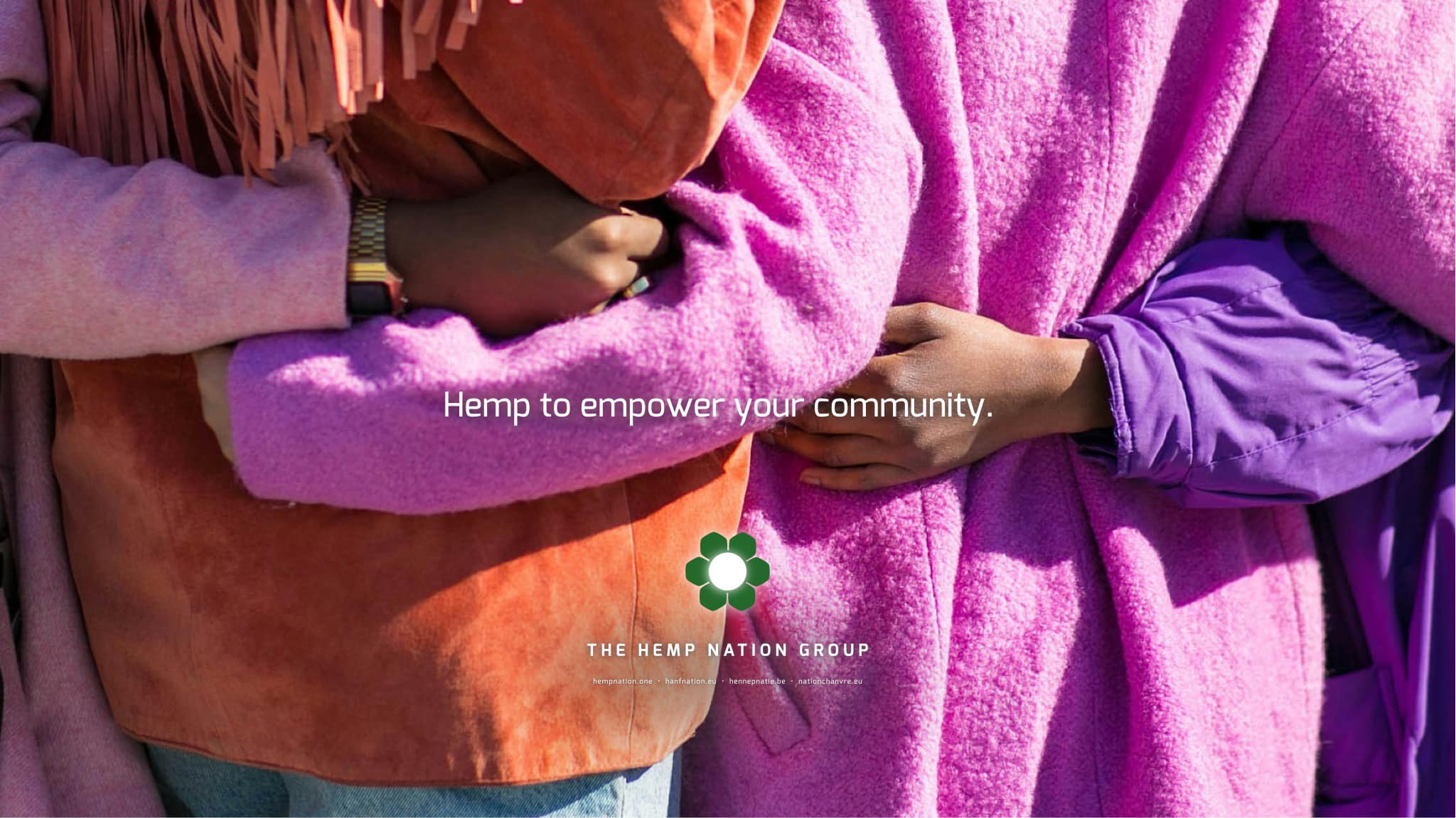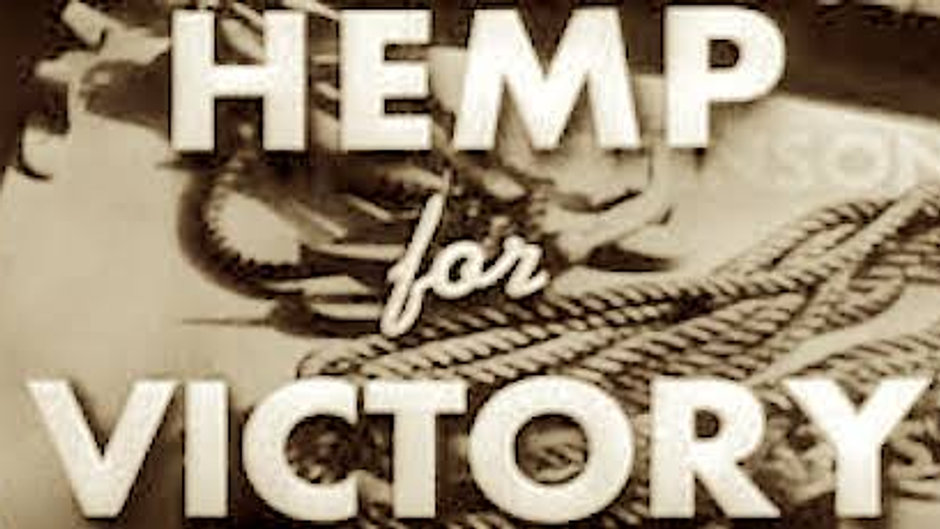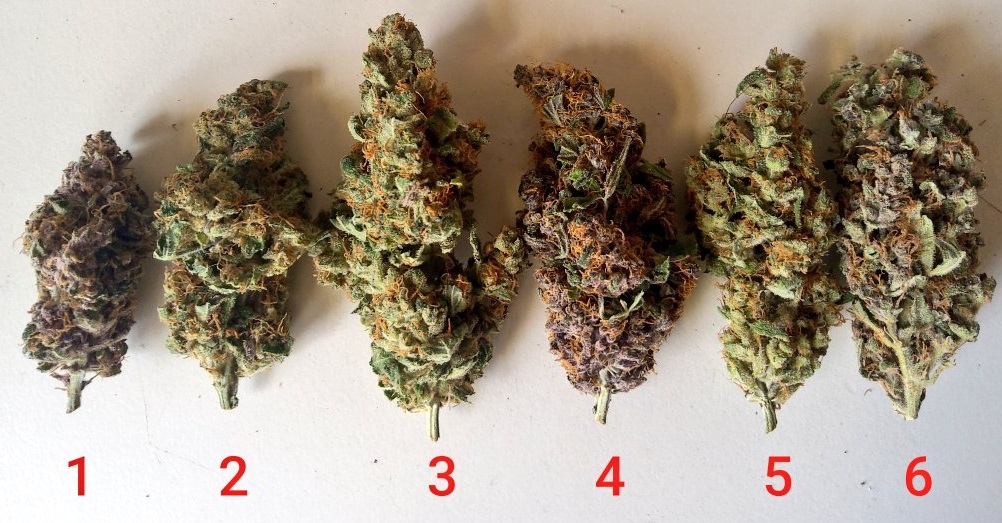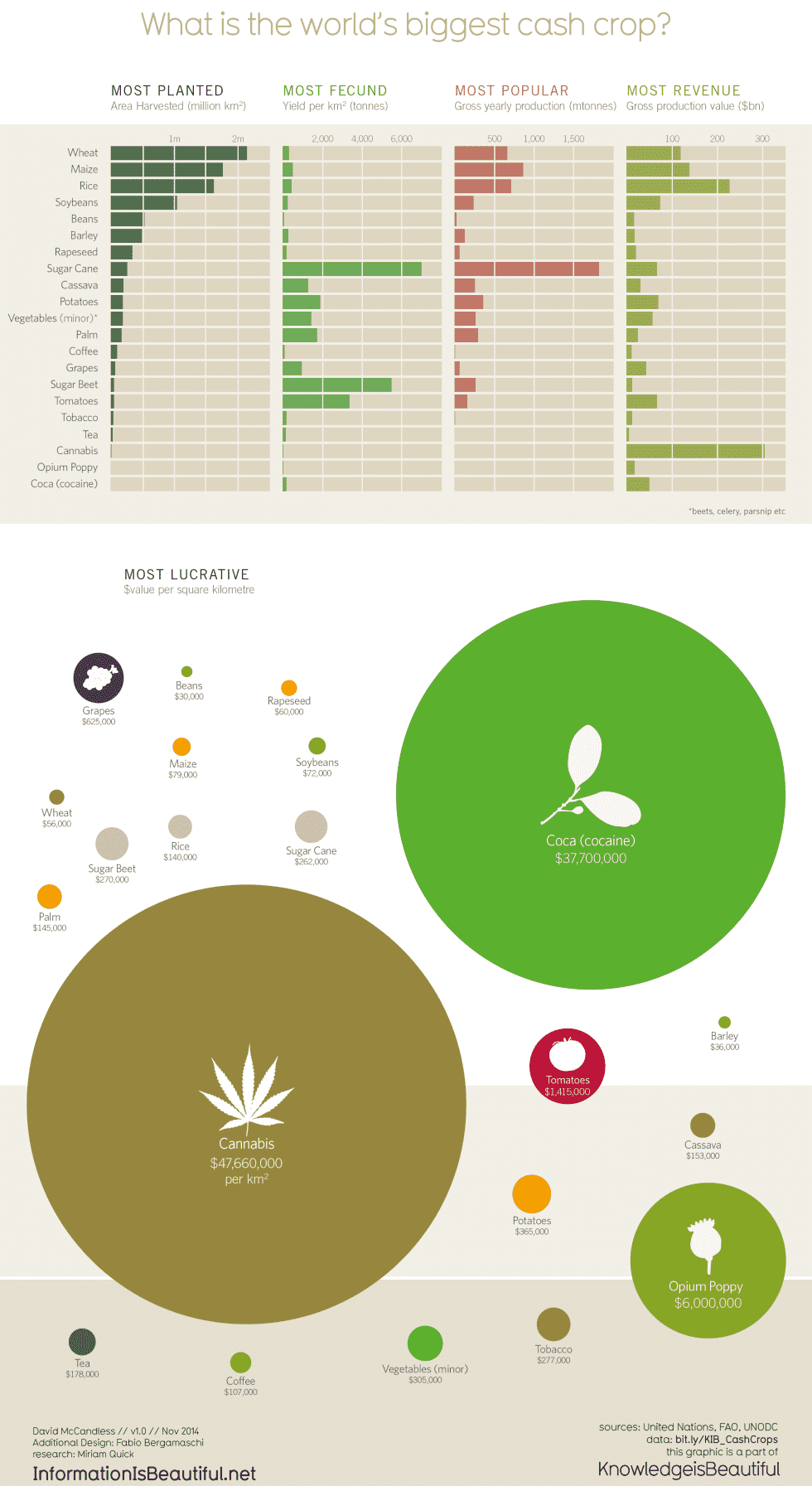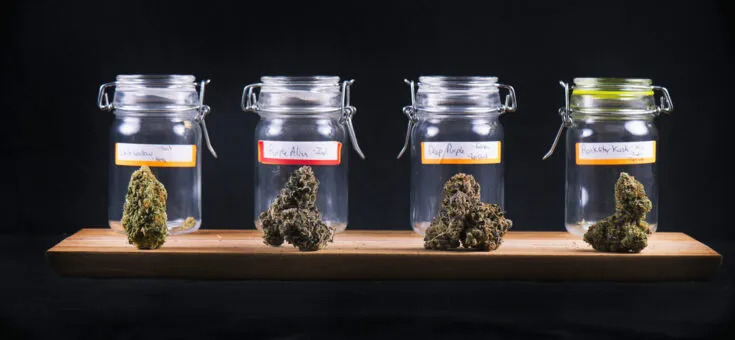
Dit artikel verscheen op 4 april op de Mediwietsite.
Cannabis is in veel opzichten een unieke plant en daarmee ook een uniek medicijn. Een van de bijzondere aspecten is de enorme variatie aan soorten, of eigenlijk cultivars, elk met hun eigen cannabinoïden en terpenen profiel. Waarom is die variatie zo belangrijk?
Terpenen en cannabinoïden
‘Het grootste mysterie van moderne cannabis’, schrijft Michael Backes in het boek Cannabis Pharmacy, ‘is waarom verschillende soorten cannabis verschillende medicinale of psychoactieve effecten hebben’. Natuurlijk spelen de verhoudingen van cannabinoïden en terpenen daarbij een grote rol. Maar, schrijft Backes, ‘de resultaten van de interacties van deze terpenen en cannabinoïden zijn buitengewoon complex en nog niet volledig begrepen’.
Hoewel cannabis al duizenden jaren wordt gebruikt, is de explosie van nieuwe kruisingen van relatief recente datum. Pas vanaf de jaren zestig van de vorige eeuw worden er op grote schaal kruisingen gemaakt van genetisch materiaal uit alle windstreken. Lange tijd hadden de kwekers die deze kruisingen illegaal en dus ondergronds maakten maar één doel voor ogen: een zo hoog mogelijk THC-gehalte.
Als bijkomend effect verdween die andere belangrijke cannabinoïde, CBD, grotendeels uit moderne cultivars.
Verschillende fenotypen van de wietsoort Auto Mazar van het Nederlandse zadenbedrijf Dutch Passion….
Opkomst CBD-rijke wietsoorten
De moderne kruisingen stammen weliswaar af van sterke landrassen uit traditionele cannabislanden als Mexico, Colombia, Jamaica, Thailand, Zuid Afrika, Marokko, Turkije, Afghanistan, Libanon, Nepal en India, maar ze lijken nog maar weinig op hun illustere voorouders. ‘Cannabis van over de hele wereld vertoont een fascinerende natuurlijke diversiteit’, schrijft Backes, ‘terwijl moderne medicinale cannabis weinig unieke eigenschappen heeft en veel identieke kenmerken: het is vaak van hetzelfde laken een pak.’
De eenzijdige focus op THC bij kwekers wordt sinds het begin van de 21e eeuw minder, zeker sinds de opkomst van CBD-rijke kruisingen als Charlotte’s Web. Het resultaat is een verdere verbreding van het aanbod van cultivars en daarmee van cannabinoïden en terpenen profielen.
Medicinal Genomics, een bedrijf uit Massachusetts, werkt al een tijdje aan een project om met behulp van DNA fingerprinting een ‘landkaart van cultivars’ te ontwikkelen: Kannapedia: The Distributed Consensus on Cannabis Genetics. Deze phyto-genetische kaart moet de onderlinge samenhang en relaties tussen hedendaagse cultivars in beeld brengen.
LEES OOK: De cannabinoïden brochure – werking van medicinale cannabis uitgelegd
Zelf medicinale wiet kweken
Voorlopig is dat toekomstmuziek. Het is een van de redenen waarom thuisteelt voor medicinale cannabisgebruikers een uitstekende optie kan zijn. Het kan even duren voordat je de cultivar hebt gevonden die voor jou het beste werkt, maar contact met andere patiënten en thuistelers – bijvoorbeeld via het Mediwietforum – kan dat proces sneller, makkelijker en gezelliger maken. En als je lol hebt in het kweken en over enigszins groene vingers beschikt, kun je zelfs je eigen kruising(en) maken.
Maar ook als je dat niet doet kun je thuis vrijwel perfecte en steeds gelijke kweekomstandigheden creëren. Die omstandigheden zijn naast de genetica van grote invloed op het eindresultaat en het effect van je medicijn.
Dit is de klassieke indeling van de verschillende hoofdsoorten cannabis: sativa, indica en hybride (een mix van de eerste twee)… [beeld: About time/Shutterstock]
Niet alles past perfect in een hokje
Het belang van de manier waarop cannabis wordt geteeld komt ook naar voren in The Leafly Guide to Cannabis. In het hoofdstuk ‘The age of hybridization’ schrijven de auteurs:
‘Als we indica’s en sativa’s zien als tegenovergestelde uiteinden van het genetische spectrum, kunnen we ons de omvang van de fenotypische expressie voorstellen. Neem bijvoorbeeld Blue Dream, een kruising tussen de indica Blueberry en sativa Haze. Blue Dream kan kenmerken hebben die het hele spectrum tussen zijn ouders bestrijken, afhankelijk van hoe de plant is gekweekt. Daarom zien we soms een indica-achtig fenotype van Blue Dream, als we een sativa verwachten. Dat wil niet zeggen dat strains onvoorspelbare genetische wildcards zijn, het is meer dat we niet verbaasd moeten zijn als een soort niet perfect in een hokje past. Nogmaals, het is mogelijk om sativa- of indica-kenmerken sterker naar voren te brengen met specifieke omstandigheden in een gecontroleerde tuin.’
LEES OOK: Ontdek de ‘Terpenen in Cannabis’ met deze interactieve graphic
Thuisteelt economisch én therapeutisch gezond
Juist die specifieke omstandigheden en zorg kan een thuisteler zijn of haar planten bieden, volledig afgestemd op de eigen behoefte en gewenste effecten. De Belgische auteur en mediwiet-deskundige Patrick Dewals schrijft in zijn boek ‘Medicinale cannabis, meer dan een medische kwestie’ (2018):
Patrick Dewals gelooft er niks van dat alleen bedrijven of overheden in staat zijn om medicinale cannabis te kweken…
‘Laten we beginnen met te stellen – de bedrijven zullen het niet graag horen en in alle talen tegenspreken – dat eigenteelt mogelijk is. Medicinale cannabisplanten kan men door middel van kweektechnieken voorzien van een bepaald fytocannabinoïdenprofiel dat noodzakelijk is om een bepaalde medische indicatie mee te behelpen. Wanneer men van deze planten stekken, of zaden, verkoopt aan patiënten dan kan de patiënt deze planten zelf telen.’
Natuurlijk moet de medicinale thuisteler ‘op een hygiënische en biologische manier te werk gaan om veilige cannabis te telen’, benadrukt Dewals. Hij noemt een bijkomend voordeel van zelfteelt dat elke medicinale thuisteler zal herkennen: ‘Naast het pure economische gewin is het vanuit een therapeutisch oogpunt een goede zaak dat patiënten hun eigen medicatie kunnen telen.’ Het bezig zijn met levende planten, de dagelijkse verzorging, het zien van concrete vooruitgang, de tevredenheid die het plukken van de vruchten van je eigen werk geeft: het zijn allemaal heilzame aspecten van de thuisteelt van medicinale cannabis.
Politici moeten zich verdiepen in medicinale cannabis
Dewals windt er geen doekjes om: ‘In de politiek-democratische strijd om medicinale cannabis te legaliseren, is het zelf kunnen telen van medicinale cannabis door de patiënten of systemen die uit de gemeenschap gestalte krijgen, een hoeksteen. Dit is een gegeven waar technocratische bureaucraten en politici moeite mee hebben. Voor hen is het een uitgemaakte zaak dat alleen bedrijven kwaliteitsvolle medicinale cannabis kunnen leveren.’
Deze passage doet meteen denken aan de antwoorden van toenmalig VWS minister Bruno Bruins (VVD) op Kamervragen over thuisteelt van medicinale cannabis. In april 2019 schreef Bruins aan de Tweede Kamer: ‘Medicinale cannabis moet, net als elk ander geneesmiddel, onder strikte condities worden geteeld en het eindproduct moet worden gecontroleerd op vervuiling en op juiste sterkte van de werkzame stoffen. Bij thuisteelt kan daarmee per definitie van “medicinale cannabis” geen sprake zijn. Voor de wet wordt thuisteelt gezien als teelt voor recreatief gebruik. Het afleveren van medicinale cannabis moet via de apotheek.’
Bruins is inmiddels van het politieke toneel verdwenen. Invaller Martin van Rijn geeft het stokje op 9 juli over aan Tamara van Ark (VVD), nu nog staatssecretaris van sociale zaken. Het is te hopen dat deze nieuwe minister van volksgezondheid en sport zich wat beter verdiept in het onderwerp medicinale cannabis en het belang van variatie en thuisteelt door patiënten.
[openingsfoto: Roxana Gonzalez/Shutterstock]
[Bronnen:
Cannabis Pharmacy – The practical guide to medical marijuana, door Michael Backes, Black Dog & Leventhal Publishers, 2017
Medicinale Cannabis – Meer dan een medische kwestie, door Patrick Dewals, Garant-Uitgevers, 2018
The Leafly Guide to Cannabis – A handbook for the modern consumer, Twelve/Hachette Book Group, 2017
VWS-minister Bruins torpedeert medicinale thuisteelt, CNNBS 10 april 2019]
 | portal.hempnation.one
| portal.hempnation.one![]() Contribute to cleaner air and water quality through carbon sequestration and filtration.
Contribute to cleaner air and water quality through carbon sequestration and filtration.![]() Generate income from hemp production for various purposes such as textiles, construction materials, and biofuels.
Generate income from hemp production for various purposes such as textiles, construction materials, and biofuels.![]() Rejuvenate rural communities by offering sustainable and profitable agricultural options.
Rejuvenate rural communities by offering sustainable and profitable agricultural options.